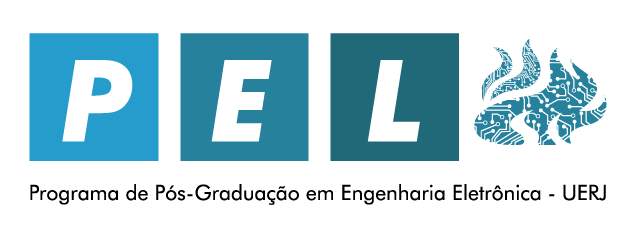The objective of the PEL is to promote the qualified training of human resources for research, teaching, and other professional activities, from a strong interaction between theoretical and applied knowledge.
The PEL is structured into four subareas:
Research Area in Intelligent Systems and Automation:
- Control and Automation: The purposes are research and development in automation, control, power electronics and their applications. Some current research subjects are power electronics control and converters for renewable energy sources, electronic control and drive of electric motors, real-time control algorithms, active power conditioners, topologies of electronic converters connected to medium voltage electrical networks, multilevel inverters, high power factor converters, nonlinear control, adaptive control, variable structure control, extremum seeking control, systems with delays, distributed parameters systems, formation control of multi-agent systems, robot control, visual servoing, mobile robots, control of marine systems, unmanned surface vessels, underwater vehicles and unmanned aerial vehicles.
Representative: Prof. Tiago Roux de Oliveira
- Intelligent Systems: Computational intelligence techniques are developed and used in several areas of knowledge and application of decision support systems. We highlight the study and development of applications and techniques such as neural networks, fuzzy systems, genetic algorithms, among others. Also noteworthy is the development of intelligent strategies and algorithms for robot swarms, research on techniques for automatic circuit synthesis, circuit synthesis using evolutionary methods, and intelligent instrumentation.
Representative: Prof. Nadia Nedjah
Research Area in Telecommunications Networks:
- Computer Networks and Distributed Systems: Focus on the modeling, development, and evaluation of computer networks and concurrent and distributed systems. Professors and colabortors working in this academic subarea have broad interelated areas of interest, such as wireless networks, peer-to-peer networks, sensor networks, network virtualization, cloud computing, data center networking, software defined networks, network reliability, performance analysis, medium access control, quality of service, context aware systems, pervasive and ubiquitous computing, access control and monitoring systems, internet of things, cluster management, mobile applications, and telemedicine systems.
Representative: Prof. Alexandre Sztajnberg
- Communication Signals and Systems: Research and development of communication systems considering the modeling of systems, signals, components, antennas, and underlying processing techniques for cable networks and communication systems, wireless communication systems, and optical communication systems. The researchers that are members of this research area act in different ways, e.g., audio and voice processing, radio defined by software, signal processing through sparse representations, digital television, radiofrequency positioning, image processing, analysis and compression of oscillographic signals of electrical disturbances, optical fiber sensing, studies of properties and non-linear effects in optical fibers, analysis of dielectric waveguides, and finite elements applied to electromagnetism.
Representative: Prof. Alexandre de Resende Câmara
